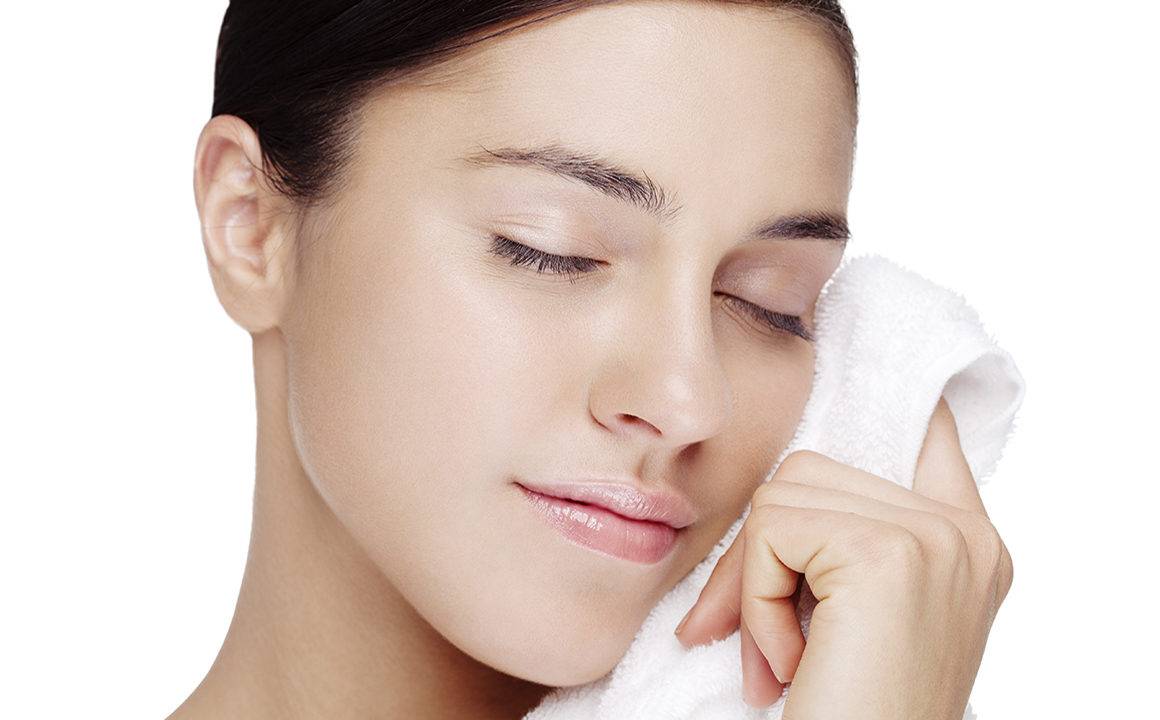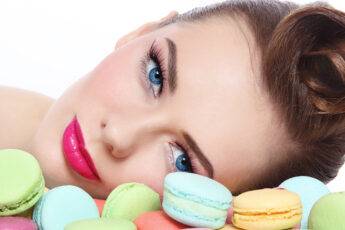Your Secret on How to Achieve Youthful and Radiant Skin

To achieve the effect of a healthy shine, it is often not enough only decorative cosmetics and some secret tricks of make-up artists.
Especially when it’s not about the runway and glossy, but about real life. Where your skin will be looked at without filters and photoshop.
Perhaps only people with young, normal skin can boast of a healthy, natural glow. However, in other cases, a certain amount of cosmetic care is usually necessary, such as a retinol moisturizing cream.
There is no better ingredient than retinol when you need fine lines, wrinkle protection, and a healthy glow! Where’s the catch? Despite retinol’s excellent youth-preserving properties and its availability in drugstores, stores, and dermatologists’ offices, there are still a few nuances to watch out for.
What is Retinol?
Back to basics: Retinol, along with other retinoids such as retinoic acid and retinyl palmitate, is a derivative of vitamin A, which in turn is one of the body’s essential nutrients responsible for cell renewal. It is added to topical skincare products to promote skin renewal, brighten skin tone, reduce acne and stimulate collagen production, such as retinol moisturizer day cream, retinol moisturizer with hyaluronic acid, the ordinary retinol under eyes, and other cosmetics with Retinol. It also acts as an antioxidant, helping fight free radical damage that leads to visible signs of aging.
Now let’s figure out how to carefully and adequately incorporate Retinol and retinoids into your regimen to ensure a fresh complexion for decades to come.
Start at age 25-30
The thirty-year-old has long been the baseline time to incorporate Retinol into your care. However, many women start early, motivated by early signs of aging like sun-induced pigmentation and crow’s feet, or simply looking to get ahead of possible age-related features and use the latest technology on themselves – under the careful supervision of a dermatologist, of course. When you’re in your twenties, it’s a great time to start using a retinol cream. Many patients who have been using it for years can’t imagine their skincare without it.
Start slowly and gently.
Balance is essential. Retinol can cause severe irritation if you use it too often or apply a too aggressive formula to your skin. We recommend starting with a small amount (literally a pea) of an over-the-counter formula with a low percentage of the ingredient (0.01-0.03%) and using it twice a week, gradually increasing the amount to allow your skin to acclimate. Moreover, it would help if you skipped Retinol the day before the exfoliation procedure. Exfoliating is a very abrasive and skin irritating procedure, and you don’t want to make things worse by making your skin more sensitive with Retinol. However, if you are undergoing specific procedures with a specialist, such as a laser skin resurfacing, micro-needling and microdermabrasion, you should take a break from using Retinol. To avoid accidentally overdoing it, there are now many new formulas with delayed effects suitable for skin prone to redness and rashes. This is a good option for people with sensitive skin. The active ingredient starts to take effect after a while and can reduce the risk of irritation. In terms of Retinol, which is available by prescription, compared to what is sold without a particular prescription – the former is much more effective and has a higher percentage of the ingredient (and you can switch to it over time).
Beware of drastic side effects
While some side effects – a mild irritation, dryness, and sun sensitivity – are expected as the skin adapts to the new active ingredient, severe flaking, redness, and burning are side effects to watch out for. And people with susceptible skin or those struggling with conditions like eczema should be wary of Retinol and all of the side effects listed at all. Don’t worry if you are intolerant to Retinol. It’s not the only anti-aging remedy! There are many other unique ingredients, including wild indigo, which is excellent for the skin without causing irritation or sensitivity to the sun.
Retinol at night and SPF during the day
Retinol increases the skin’s sensitivity to UV radiation, and sunlight reduces the product’s effectiveness, so it’s best to use a retinol moisturizer night cream
and by no means skip SPF 30 during the day, renewing it during the day. Also, when using Retinol, you should always keep in mind the weather forecast and travel to hot places. Retinol is best avoided in summer and during vacations when people spend much time in direct sunlight.
Not just the face
When using a retinol elixir, don’t neglect the neck and décolletage area – these areas are known for signs of aging and are often overlooked. If these areas now seem too sensitive for the current formula, add a little moisturizer with ceramides to it before you apply the product to your neck and décolletage. Or get a different product with Retinol designed for a specific area. Usually, these products contain less vitamin A, have no scent, and are very gentle.
Can you put retinol on eyelids?
The delicate skin around the eyes is very vulnerable, and it has fine lines and wrinkles that are difficult to correct. Many people think that this skin is so thin that Retinol can only harm and aggravate the situation. But in fact – this is just a myth, and using retinol under eyes will only improve the quality of the skin, getting rid of dark creases and wrinkles. And to avoid irritation, mix a grain of Retinol with your regular eye cream and apply it in a thin layer. In just a week, you’ll notice visible results.
Share via:





Leave a Comment